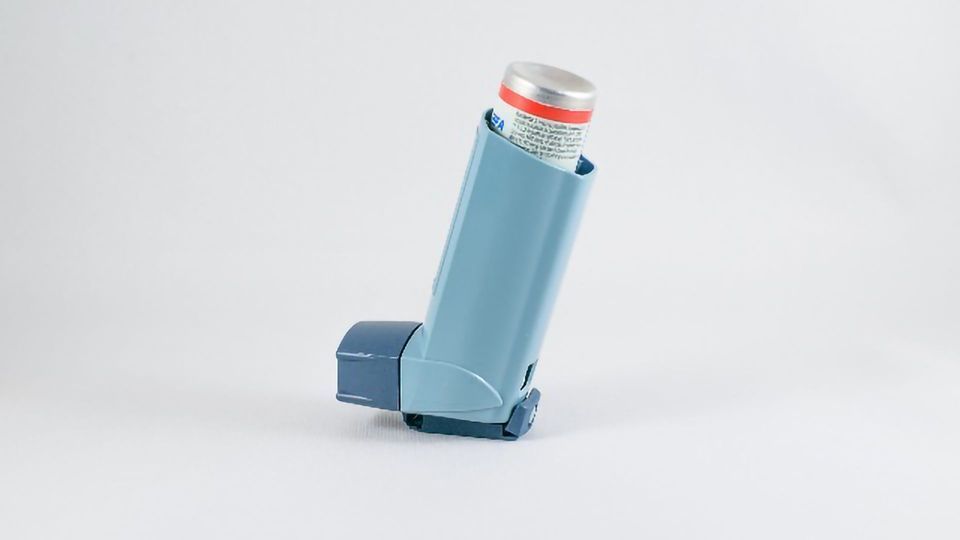Dual Vaccination Prevents Allergic Asthma in New Mouse Study

Complete the form below to unlock access to ALL audio articles.
Dual vaccination against a pair of immune signaling molecules protects against allergic asthma for at least 11 weeks in a mouse model, finds a new study published in Nature Communications.
Asthma is the most common chronic lung disease. It has a complex set of causes and many different presentations. For one in five sufferers, asthma presents with recurrent and persistent symptoms that compromise lung function.
Fifty percent of asthma patients present with a form of inflammation in their lungs. The immune signature includes the production of two immune signaling molecules called cytokines: interleukin-4 (IL-4) and interleukin-13 (IL-13), which are thought to act in early and late-stage asthma respectively.
Cytokine target
The researchers, co-led by senior author Laurent Reber of the Unit of Antibodies in Therapy and Pathology at the Institut Pasteur, designed a pair of vaccines that would target these each of these cytokines. The vaccines, called kinoids, are a trademarked technology of French biotech Neovacs, who collaborated on the study. Kinoids enable the body to produce a polyclonal antibody response against cytokines by combining the target molecule with a carrier protein that makes it immunogenic. Kinoids have been previously produced against interferon alpha (IFNα) for the treatment of lupus.
Reber’s team were not the first to target these molecules. In 2018, a monoclonal antibody called Dupixent® (dupilumab) was approved in the European Union as an additional therapy for moderate-to-severe asthma. However, this therapy involves expensive, potentially lifelong injections. A longer-lasting vaccine, by comparison, would be a cost-effective way of treating asthmatic inflammation.
Reber and colleagues first vaccinated mouse models of chronic asthma. After vaccination, these mice showed significantly increased lung elasticity and resistance as compared to similar mice given a saline injection. This effect was seen when using the individual vaccines separately, but the greatest effect was noted when they were both used. Pair-vaccinated mice also showed 21-fold reduced levels of immune cells called eosinophils in their lungs versus saline.
Further analysis showed that IgE antibodies, which play an important role in allergic asthma, were also reduced by the vaccination, as were the mast cells that pump out IgE in the lungs.
Humanized mice
Whilst the efficacy of these findings will need to be confirmed in human studies before any major claims can be made about the dual vaccine platform’s potential, the researchers did take the step of trialing the vaccine in mice that expressed human Il-4 and IL-13. This was an important test as the mouse and human versions of these molecules are only roughly 50% similar. The researchers nonetheless saw that the effects on mast cells and IgE were mimicked in the humanized mice and were sustained for the duration of the experiment (11 weeks).
Studies in humans will be anxiously awaited by asthma patients, who have seen large trials, such as LAVOLTA and STRATOS, fail in the last five years. Reber and colleagues speculate that these trials, which targeted IL-13 alone, were missing a key physiological mechanism by not targeting the cytokine pair together. The authors are now looking towards human clinical trials for their prototype vaccines.
Reference:
Conde E, Bertrand, R, Balbino, B. Dual vaccination against IL-4 and IL-13 protects against chronic allergic asthma in mice.Nature Communications. 2021;14. doi:10.1038/s41467-021-22834-5


